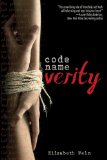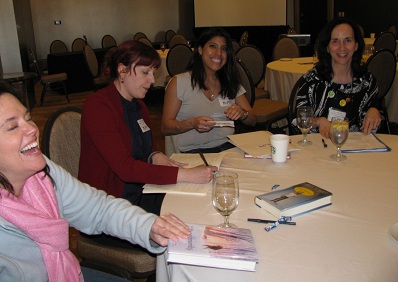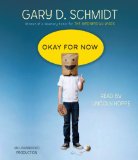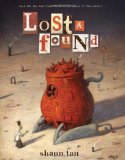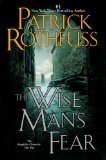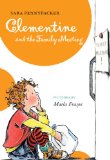2012 Sonderbooks Stand-outs: Fiction for Adults
 Let’s face it. The reason I split my Sonderbooks Stand-outs into so many categories is because I have so many favorites. My “other” favorite book of the year was Midnight in Austenland, by Shannon Hale. Or, wait, maybe it was Heir to Sevenwaters, by Juliet Marillier. Okay, I give up, and that’s why I separated Fantasy Fiction from Other Fiction for adults. Let’s just say that I love, love, loved both books and, well, all the others on these lists.
Let’s face it. The reason I split my Sonderbooks Stand-outs into so many categories is because I have so many favorites. My “other” favorite book of the year was Midnight in Austenland, by Shannon Hale. Or, wait, maybe it was Heir to Sevenwaters, by Juliet Marillier. Okay, I give up, and that’s why I separated Fantasy Fiction from Other Fiction for adults. Let’s just say that I love, love, loved both books and, well, all the others on these lists.
Here are my 2012 Sonderbooks Stand-outs in Adult Non-Fantasy Fiction:
1. Midnight in Austenland, by Shannon Hale
2. The Call, by Yannick Murphy
3. 1222, by Anne Holt
4. Gold, by Chris Cleave
5. The Spellman Files, by Lisa Lutz
6. The Actor and the Housewife, by Shannon Hale
1. Heir to Sevenwaters, by Juliet Marillier
2. Beauty and the Werewolf, by Mercedes Lackey
3. Sleeping Beauty, by Mercedes Lackey
4. Blood Spirits, by Sherwood Smith
These lists draw attention to the fact that I have my favorite authors. In all the Stand-outs, Shannon Hale’s books appear three times, and Juliet Marillier, Mercedes Lackey, Sherwood Smith, and Anne Lamott all have two books on the lists. What’s more, many of the authors honored here have been so honored in earlier years: All of the ones just named, as well as Immaculee Ilibagiza, Steve Jenkins, Chris Cleave, Grace Lin, Stephanie Burgis, Sara Pennypacker, Katherine Applegate, Rebecca Stead, Elizabeth Wein, Diana Peterfreund, Patrice Kindl, Garth Nix, John Green, Jasper Fforde, Mo Willems, and Jon Klassen.
I don’t think I’m biased once I like an author. I just think that certain authors write in a way that touches my heart every time. These people are good at what they do, and their books stick in my mind long, long after I’ve read them.
I only read 19 novels for adults, so choosing 10 stand-outs might seem excessive. But bear in mind that when I was reading for Capitol Choices and the Cybils, an adult novel had to be outstanding to seem worth my time. There were many others I checked out but ended up setting aside. All of these listed stand out among all my reading of the year.
 And if you missed any of these books, consider catching up! Speaking of catching up, tonight I’ll post the two reviews of these books I hadn’t posted before, and put the Stand-outs seal on all of their webpages.
And if you missed any of these books, consider catching up! Speaking of catching up, tonight I’ll post the two reviews of these books I hadn’t posted before, and put the Stand-outs seal on all of their webpages.
How about you? What were your favorite adult novels you read in 2012?


